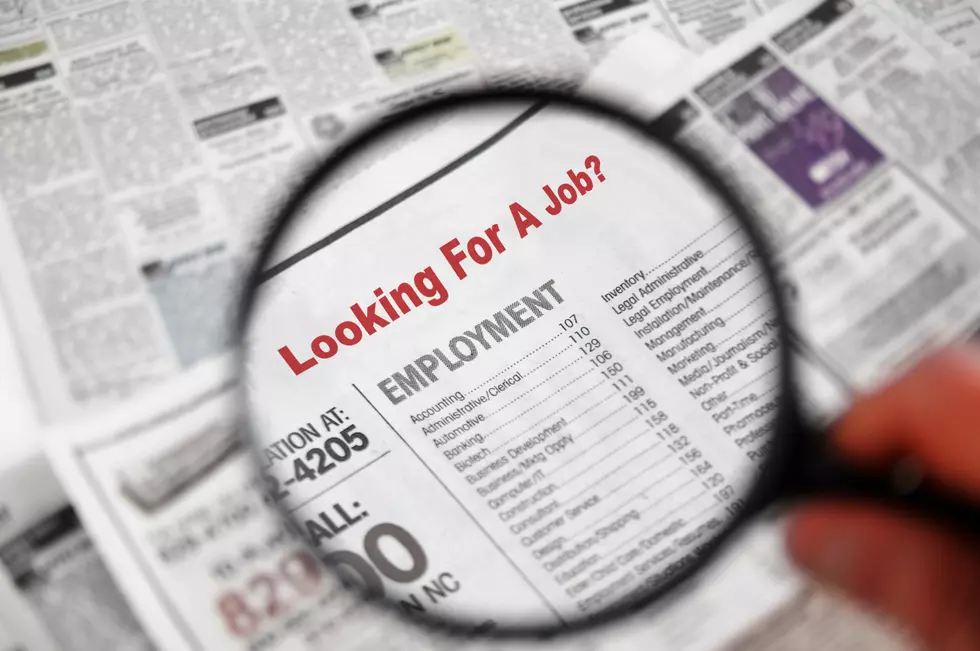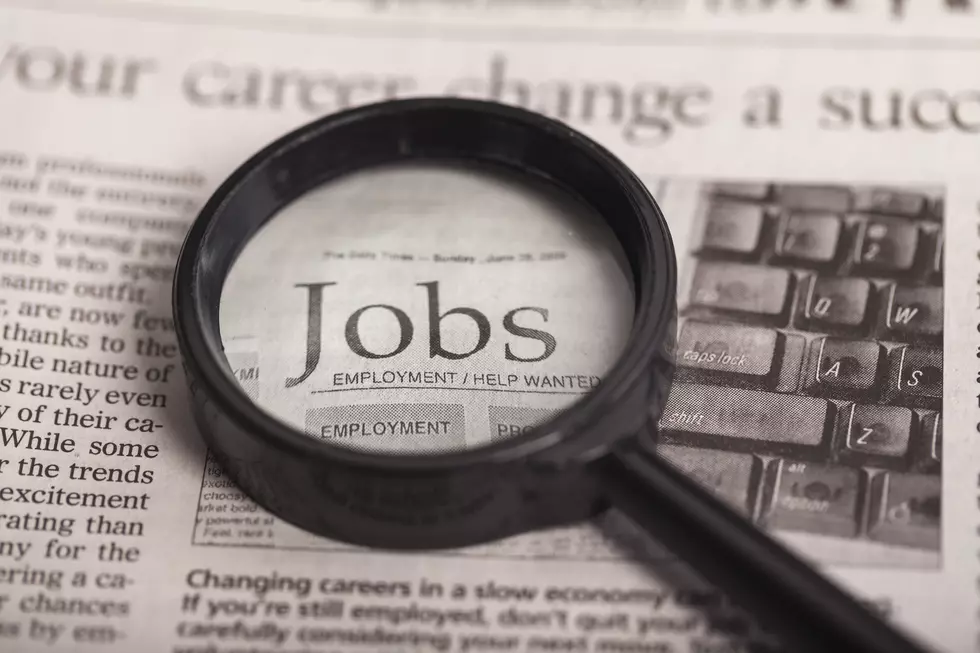
Unemployment applications remain at a still-low 302,000
WASHINGTON (AP) -- Slightly more Americans sought unemployment benefits last week, but the total number receiving aid remained at its lowest level in more than seven years.
Applications for unemployment aid rose 4,000 to a seasonally adjusted 302,000, the Labor Department said Thursday. The four-week average, a less volatile measure, increased 3,000 to a still-low 302,750. A steady decline in applications over the summer means that 2.46 million people collected benefits last week, the fewest since June 2007, a few months before the Great Recession began.
States with the biggest increases:
- New York: Up 2,560, due to layoffs in transportation and warehousing, education, and health care and social assistance services
- Michigan: Up 1,845, due to layoffs in wholesale trade.
States with the biggest decreases:
- Georgia: Down 1,269, due to fewer layoffs in manufacturing
- Massachusetts: Down 1,283, due to fewer layoffs in retail
- Pennsylvania: Down 1,031, due to fewer layoffs in administrative services, transportation, education and construction
- Iowa: Down 1,016, due to fewer layoffs in manufacturing.
Applications for benefits tend to reflect the pace of layoffs. When employers keep their workers, it suggests that they are more confident about economic growth and possibly ready to increase hiring.
"The current pace of jobless claims is consistent with monthly job growth of more than 200,000," said Gus Faucher, a senior economist at PNC Financial Services.
The job market has improved as the number of applications for unemployment benefits has dropped. On Friday, the Labor Department will release the August employment report, and employers are expected to have added 220,000 jobs, according to FactSet. Economists have forecast that the unemployment rate dipped to 6.1 percent from 6.2 percent.
If hiring meets or exceeds those expectations, it would be the seventh straight month of job gains exceeding 200,000. The last time the U.S. economy posted a streak that long was in 2007.
Employers have added an average of 230,000 jobs a month so far this year, up from an average of 195,000 in 2013. In June, employers advertised the most monthly job openings in more than 13 years, the government said last month.
Rising optimism about jobs and hiring helped boost consumer confidence to nearly a seven-year high in August, according to the Conference Board, a research group.
The percentage of respondents who said jobs were "plentiful" rose to 18.2 percent from 15.6 percent in July. That's the highest level since 2008. Consumer optimism generally tracks the unemployment rate over time.
Still, hiring has yet to boost pay by much. Wage growth has barely outpaced inflation since the recession ended more than five years ago. But as more people land jobs, there should also be more paychecks, which could drive consumer spending and growth.
More From New Jersey 101.5 FM









